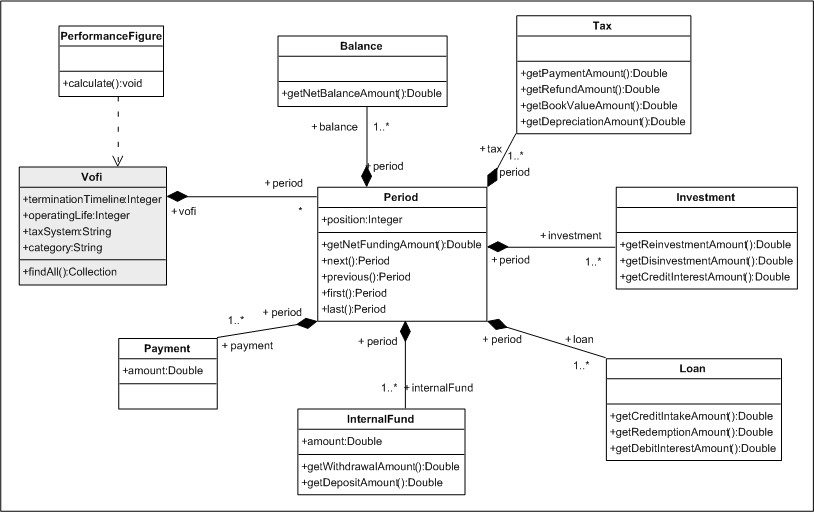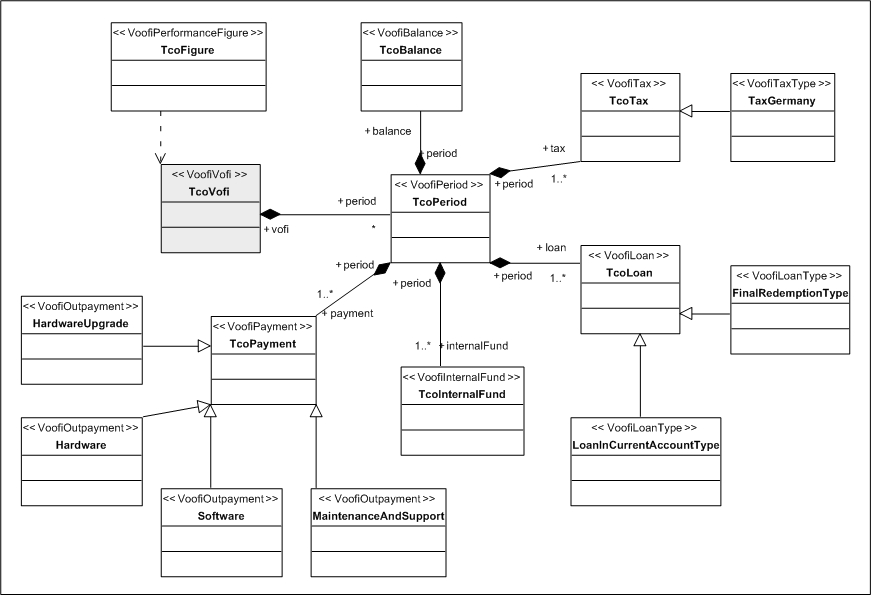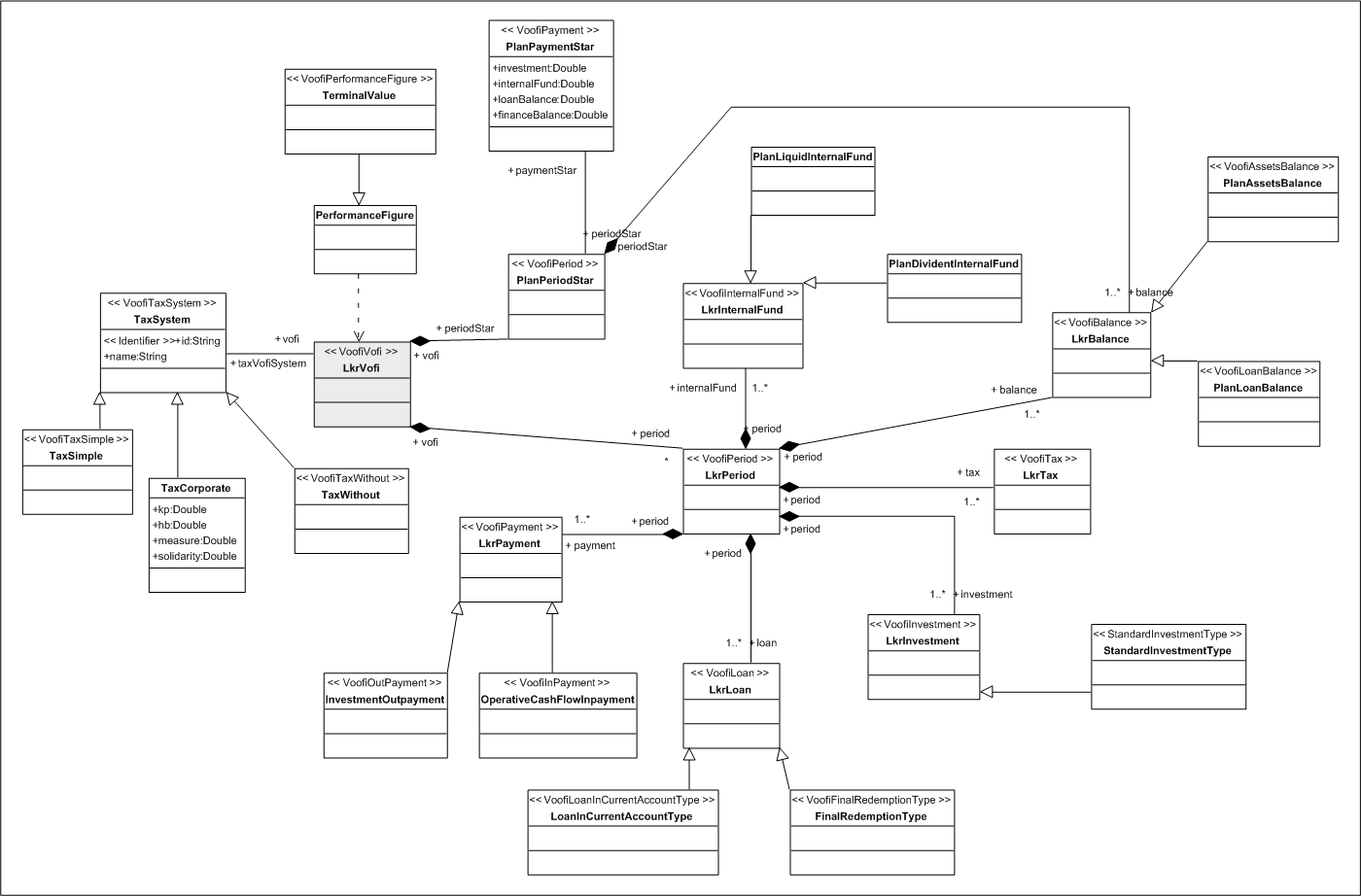VOFI Variants
VOFI stands for Visualization of Financial Implications. VOFI explicity takes account of all payments chargeable to a capital expenditure project or financial investments as well as the monetary consequences of all financial operations. In the mean time there are a lot of VOFI variants (more than 10 VOFIs) available for different kind of business domains.Some hints:
Literature about VOFI in general: Grob, H. L. (1993), Capital Budgeting with Financial Plans, Gabler 1993, ISBN: 3-409-12903-0.
Definition of VOFI in Wikipedia (at the moment only in German language): VOFI in Wikipedia.
Here is the list of available VOFIs:
- Core-VOFI
- TCO-VOFI
- LKR-VOFI
- VOFI-Interest Rate Analysis
- Fuzzy-VOFI
- LIVO
- VOFI-Shareholder for Corporate Controlling
- VOFI-Benchmark for Small and Medium sized Enterprises
- VOFI-Setting Up Business
- Supply-Chain-VOFI
- Real Estate-VOFI
- VOFI for Desinvestment Decision in Textile Enterprises
- Incentive VOFI
- FIRE-VOFI
Core-VOFI
This is the standard VOFI for general purposes, which is explained in
the literature mentioned above. This Core-VOFI is at the same time the
foundation of all other VOFIs. This VOFI implies the metamodel of the
whole VOFI variants and therefore the UML-metamodelbased VOFI language
is based on this VOFI. The following picture represents the Core-VOFI
model and consequently the metamodel of the VOFI language.

TCO-VOFI (Total Cost of Ownership VOFI)
TCO (Total Cost of Ownership), which defines a method to measure the total
costs of IT infrastructures (e.g. PC workstations) and software during
the whole life cycle. The main theoretical shortcoming of the TCO model
implemented by Gartner Group is that it uses cost accounting instead of
capital budgeting although the analyzed objects would normally correspond
to a long-term decision. VOFI (Visualization of Financial Implications),
one of the capital budgeting methods, in combination with TCO, called
TCO VOFI model, gives a better approach for this problem. An introduction
article to TCO-VOFI for eLearning Platforms can be found here: TCO-VOFI
for eLearning Platforms. Following graphic shows an example of TCO-VOFI
model (M1 layer in MOF architecture). In this graphic you can see that
the model uses the VOFI language (e.g. <<VoofiVofi>>, <<VoofiPeriod>>,
etc.) to describe the TCO-VOFI.

LKR-VOFI (Cost and Activity Accounting with VOFI)
Cost and Activity Accounting with VOFI. Literature about LKR-VOFI (only
in German language) can be found here: Kosten-
und Leistungsrechnung. Following diagram shows the model of LKR-VOFI
(M1 layer in MOF architecture). You also see that we use the VOFI language
to describe this model.

Hints: all the models are subject to change since they are still
in development. In this page we only show the static models (class diagrams)
as examples. Process diagrams are also needed as mdaVOFI requires the
description of roles, use cases and process models for each VOFI variant.